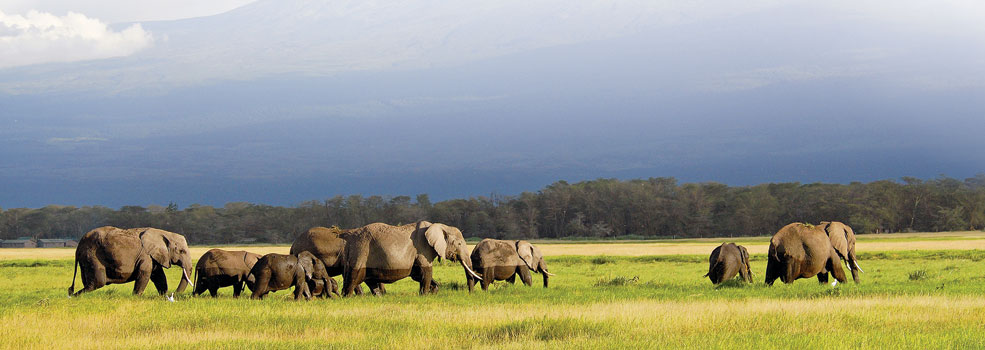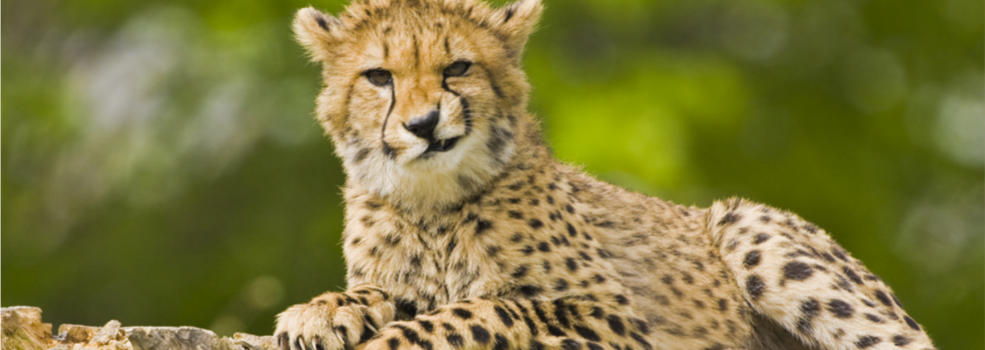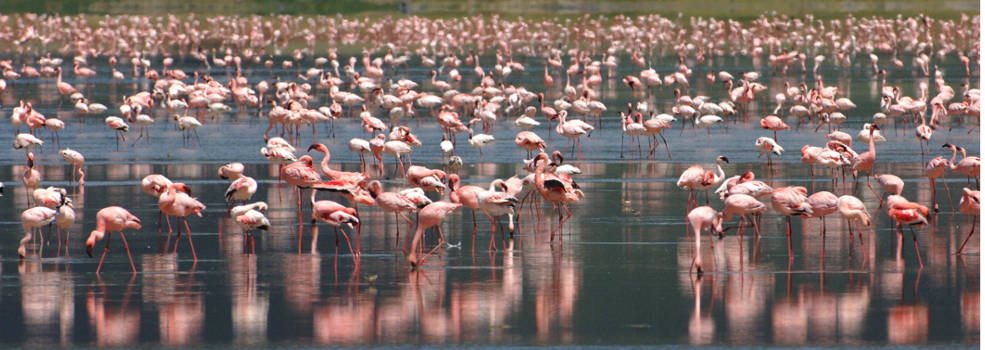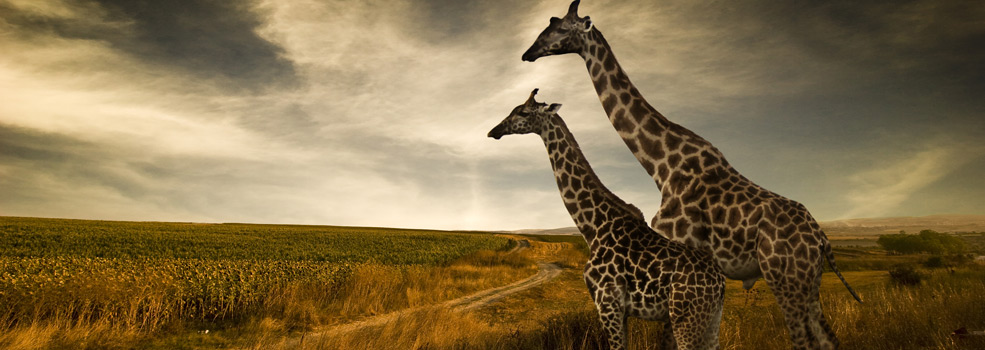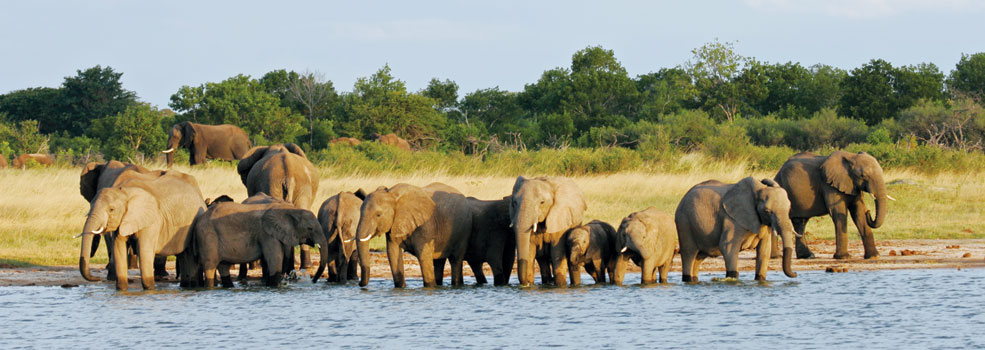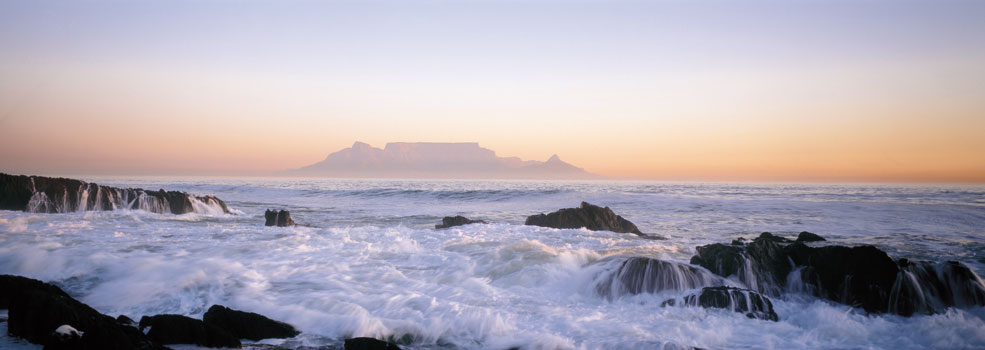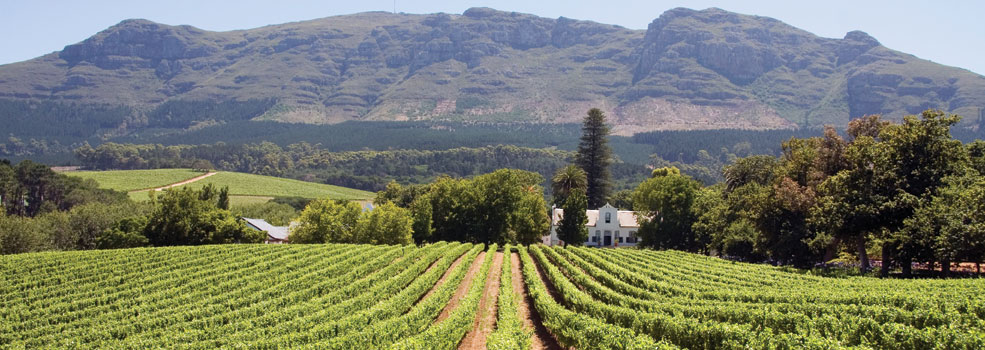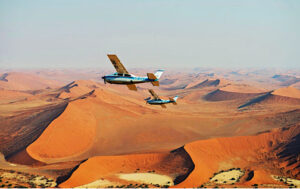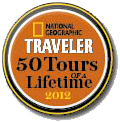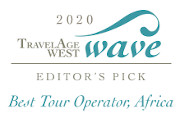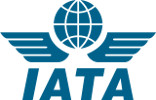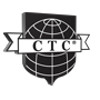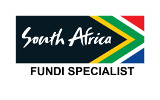Namibia, officially the Republic of Namibia, is a country in Southern Africa. The name of the country is derived from the Namib Desert, the oldest desert in the world. The name Namib itself is of “Nama” origin and means “vast place”. Before its independence in 1990, the area was known first as German South-West Africa (Deutsch-Südwestafrika), then as South-West Africa, reflecting the colonial occupation by the Germans and the South Africans.
Part of the allure of Namibia is that it’s four countries in one. Four different landscapes, each with its own characteristics and attractions. The most definitive is the Namib, a long coastal desert that runs the length of the country and is highlighted with migrating dune belts, dry riverbeds and canyons.
The central plateau is home the majority of Namibia towns and villages and is divided between rugged mountain ranges and sand-filled valleys. Next is the vast Kalahari Desert with its ancient red sand and sparse vegetation. Finally, Kavango and Caprivi, blessed with generous amounts of rain and typified by tropical forests, perennial rivers and woodland savannahs.
Windhoek:
Windhoek is the capital and largest city of the Republic of Namibia. It is located in central Namibia in the Khomas Highland plateau area, at around 1,700 metres (5,600 ft) above sea level, almost exactly at the country’s geographical centre. The population of Windhoek in 2011 was 325,858, growing continually due to an influx from all over Namibia.
The town developed at the site of a permanent spring known to the indigenous pastoral communities. It developed rapidly after Jonker Afrikaner, Captain of the Orlam, settled here in 1840 and built a stone church for his community. In the decades following, multiple wars and armed hostilities resulted in the neglect and destruction of the new settlement. Windhoek was founded a second time in 1890 by Imperial German Army Major Curt von François, when the territory became colonised by Germany.
Windhoek is the social, economic, political, and cultural centre of the country. Nearly every Namibian national enterprise, governmental body, educational and cultural institution is headquartered here.
Swakopmund:
Swakopmund is Namibia’s playground, a holiday destination for tourists and locals alike looking to escape the heat of the interior and to have a little adventure.
The city itself resembles a small German town and manages to create a feeling of timelessness with its palm-lined streets, seaside promenades, restaurants, cafes, art galleries and museums. And while there’s plenty to do within city limits, the real action happens in the desert surrounding Swakopmund. Quad-biking, sand-boarding, sand-skiing, parasailing and dozens of other guided adrenaline inducing activities are available by reservation from many of the adventure companies operating in the area.
At Walvis Bay, visitors can join a dolphin cruise or explore the lagoon on a kayak tour.
Even with all this excitement Swakopmund serves as a good break during a busy vacation. Relax and have fun in a place well suited for both.
Etosha National Park:
One of the greatest game parks in Africa–and one of the oldest–is also Namibia’s number-one tourist destination. Home to
114 large and small mammal species, more than 400 recorded bird species, scores of reptiles and even a fish species, Etosha is the country’s flagship park. The size of the park has been reduced considerably since it was first proclaimed in 1907, but its till remains larger than several European countries.
The Ondonga name for the pan was Etosha, meaning ‘the place where no plants grow’, but early European traders, unable to pronounce the name, called it ‘Etosha’. The pan was once part of the massive Lake Kunene fed by the Kunene River,which at sometime in the distant past dried up, leaving the current pan system. Newly excavated fossils belonging to marsh-dwelling antelopes such as sitatunga, lechwe and tsessebe, and a 90- cm long catfish, are testament to much wetter periods.
Namibia-Naukluft Park:
Namibia’s largest conservation area contains some of the country’s most iconic attractions: towering sand dunes at Sossusvlei, the imposing canyon at Sesriem, forgotten shipwrecks and ghost towns along the icy Atlantic coast, stark inselbergs and mountain ranges, and lichen-encrusted gravel plains.
Evidence of Stone Age life in the Kuiseb River dates back 200 000 years. Other archaeological finds indicate that the area was used by semi-nomadic communities when rain provided enough grazing for animals. The Topnaar people still live along the Kuiseb River inside the park and were guaranteed rights of residence by Queen Victoria more than a century ago.
Area: 318,261 mi², approximately 2/3 the size of South Africa and twice the size of California.
Shared Borders:
Angola, Botswana, South Africa and Zambia. Its western border is the Atlantic Ocean.
Population: About 2.6 million
Capital: Windhoek
Time GMT: +2 hours
Languages: English is the official language. There are 30 different spoken languages.
Religions: Christian 90%, the remaining 10% are primarily African traditional religions, Sunni Islam and Buddhism.
Currency: Namibian Dollar = South African Rand.
Climate:
With an average of 300 days of sunshine annually Namibia is one of the sunniest countries in worldwide. The climate is generally arid which means that the potential evaporation is higher than the precipitation, which again results in a very low humidity.
In general Namibia’s climate can be described as hot and dry, substantial fluctuations during the seasons or even within one day are typical. The different regions show considerable climatic differences regarding precipitation and temperature though. The amount of precipitation increases from the southwest to the northeast from an annual 0 to 2.3 inches.
Namibia experiences winter and summer at opposite times as Europe and North America and they correspond to the Dry and Wet seasons.

